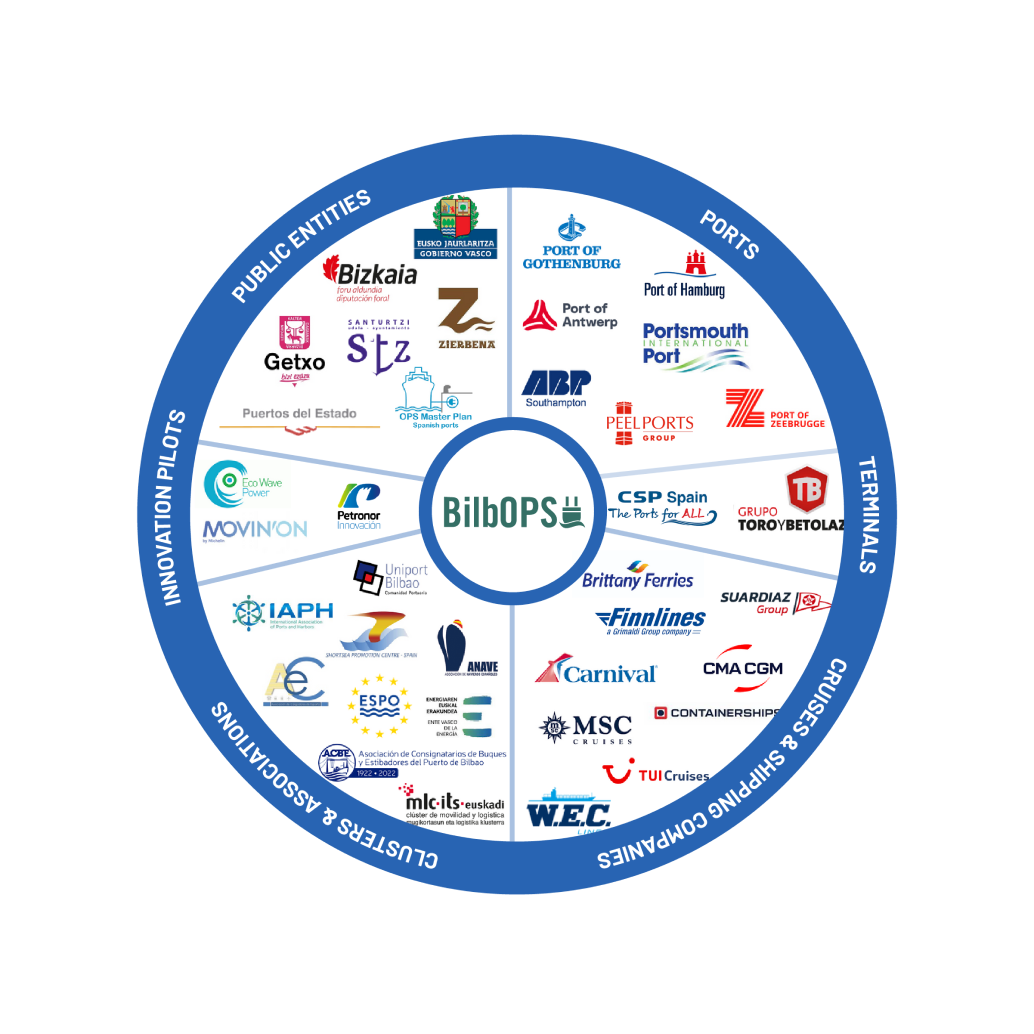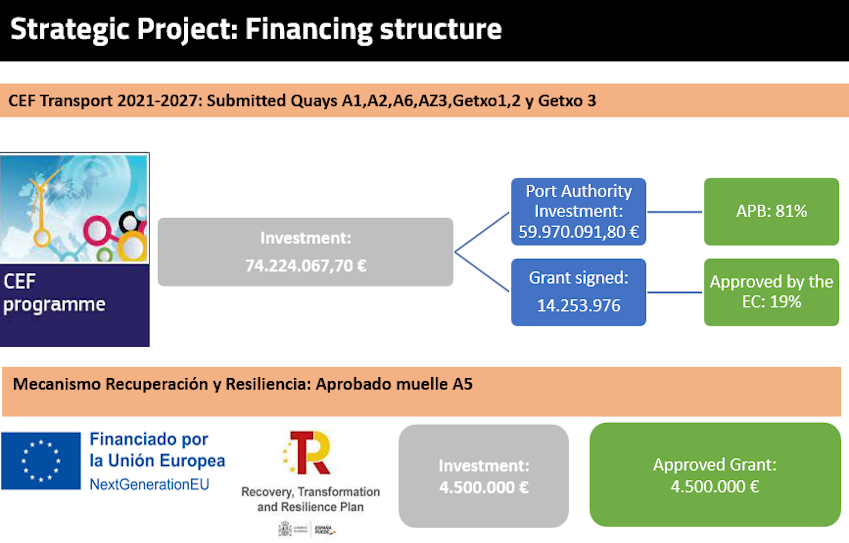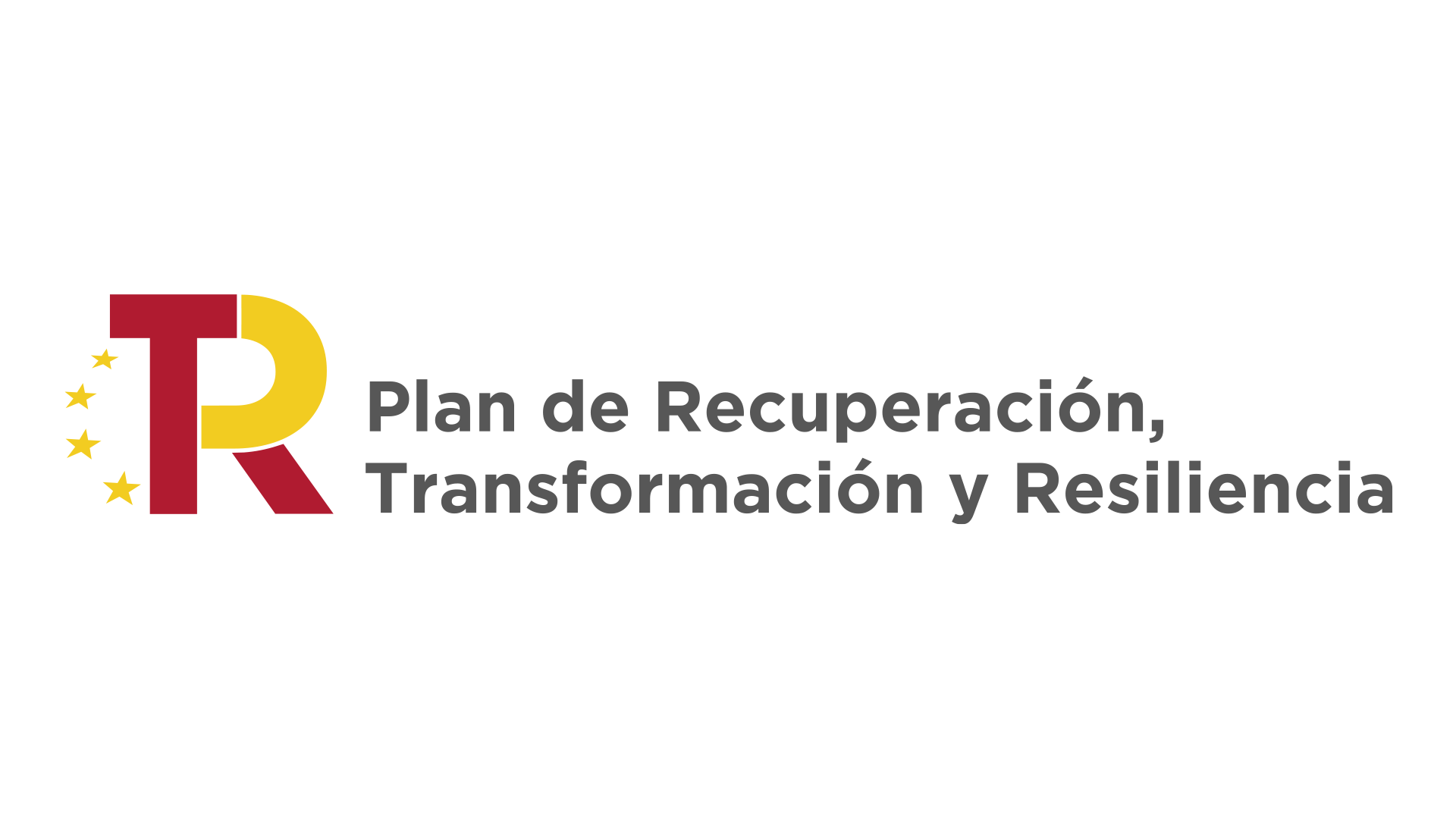

ONSHORE POWER SUPPLY OPS PROJECT FOR THE PORT OF BILBAO
BilbOPS is a strategic investment project drawn up by the Bilbao Port Authority for the electrification of the container, cruise-liner and ferry wharves by deploying OPS (Onshore Power Supply) technology, also known as cold-ironing, with 11 connection points.
This technology enables vessels with the right equipment to connect to the onshore power supply while they are berthed, and disconnect their diesel motors. This does away with emissions of greenhouse gases (CO2, nitrogen & sulphur dioxide), vibrations and noise and is thus beneficial to the environment and to human health.



GOALS AND ADVANTAGES
Reaching “Fit For 55” Targets
BilbOPS will bring the Port of Bilbao closer to meeting the EU’s “Fit For 55” targets by cutting its GHG emissions by 40%.
Along with other measures being taken, this will enable the port to meet the target of a 55% drop in emissions by 2030 set by the EU.
BilbOPS will mark a qualitative leap forward on the Atlantic Rim, adapting the infrastructure of the Port of Bilbao and providing a new service.
It will have a networking effect that will help deploy this infrastructure across leading European ports, encouraging shipping companies to make the investments required for their vessels to be able to connect to onshore power grids.
BilbOPS is part of the OPS Master Plan for Spanish Ports coordinated by Puertos de Estado (the State Ports authority).

Main advantages



For the planet:
- A 38.8% drop C02 emissions from the port
- A total decrease of 9,062 t of CO2 .
For people:
- Lower levels of emissions (nitrogen, sulphur dioxide), noise and vibrations.
- Direct improvements in living conditions for 125,000 residents in the neighbouring towns of Getxo, Santurtzi and Zierbena), 116,000 passengers and 10,000 workers at the port.
Profit:
- OPS services for over 900 stopovers per year on the container, ferry and cruise liner wharves.
- Public/private investment:
- Over €91 million (OPS & renewables)
- Over €188 million (alternative fuels, H2, LNG & OPS)
TECHNICAL DATA
OPS capacity of 30 MW by 2025
The Port of Bilbao is to add 30 MW of installed power capacity for OPS, scheduled to come in line in 2026.
To that end:
- The Iberdrola electrical substation in Santurtzi will be upgraded to 60 MW
- The port facilities will be connected to the Iberdrola electricity grid.
- Frequencies of 50 & 60 Hz
- 3 distribution centres will be installed.
- 11 OPS connection points (MV & LV)
- 20 take-offs for flexible service.
- 1 underwater cable (1.34 km)
ELECTRICITY & RENEWABLES
Sustainably generated electricity

Sustainably generated electricity
The 30 MW renewables hub will be generating green energy of various types by 2027.
- A 20 MW wind farm has been in place since 2006 (Energías Renovables del Abra).
- A PV plant is to be installed on four outer sea-walls with a rated power capacity of * Mz.
- A prototype wave energy plant using of the infrastructure at the port itself is to be installed, which could lead to an industrial scale plant providing up to 12 MW.
LIVING LAB
BilbOPS promotes innovation
As a project, BilbOPS has a pull effect that encourages our innovation ecosystem to find new solutions and improve the provision of OPS services.
- Development of relevant innovative technologies:
- Superconductor power cables.
- Wave energy technology.
- Second-life batteries.
- Creation of a Living lab developed by BilboPortlab to bring around 20 start-ups into the project in 4 years.
- Cooperation with other innovation ecosystems:
- The Basque hydrogen corridor.
- MOVIN’On by the Michelin Corporate Foundation.
- BAT (Biscay Accelerator Tower).

BilbOPS Forum
Forum for progress in OPS

Like the Port of Bilbao, other leading European ports on the Atlantic Corridor are also taking action to reduce the external costs of maritime transport. Together with cleaner energy sources, the provision of quayside Onshore Power Supply systems to vessels can substantially reduce GHG emissions and noise.
Investing in OPS facilities at the ports along a corridor or sea route will encourage shipping companies to move more quickly in adapting their vessels.
The Port of Bilbao has worked with other European ports, with the shipping companies that use its facilities, with the main associations in the sector and with other stakeholders to determine exactly what infrastructure is needed to electrify its wharves. The final project was submitted as a proposal to the EU, where it received 34 letters of support.
This network of contacts forms the basis for the BilbOPS Forum. This forum will meet annually to share best practices, innovative solutions, service systems, etc. and continue cooperation.
EU CO-FUNDING
The signing of the grant agreement contract for the BilbOPS project marks the beginning of the electrification of the docks in the Port of Bilbao
The Port Authority of Bilbao and the European Commission have signed the grant contract for the BilbOPS project, within the CEF Transport 2021-2027 Programme, triggering the receipt of a pre-financing advance of EUR 5 million to start the work. This initiative requires an investment of EUR 78.7 million, of which 19% (around EUR 14.2 million) will be subsidised through this CEF Transport call for proposals. In addition, a grant of EUR 4.5 million for the new A5 Quay has been secured for the project through the Recovery and Resilience Plan. The first of the BilbOPS project tenders was carried out at the end of 2022 and the infrastructure is expected to enter service in 2026.

The BilbOPS project is supported by two different European programmes. On the one hand, the CEF Transport 2021-2027 programme will finance 19% of the works to be done on common infrastructure, the photovoltaic equipment and the installations on Quays A1, A2, A6, Az3 and the cruise ship quays in Getxo.
In addition, the Recovery and Resilience Facility has awarded EUR 4.5 million for a pilot test of the power supply to vessels at Quay A5.
CONTACT
For more information, please contact us:



